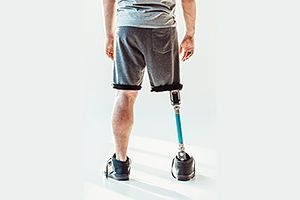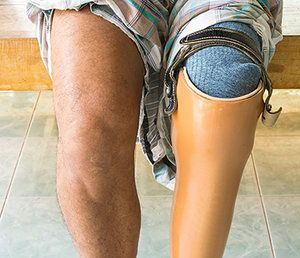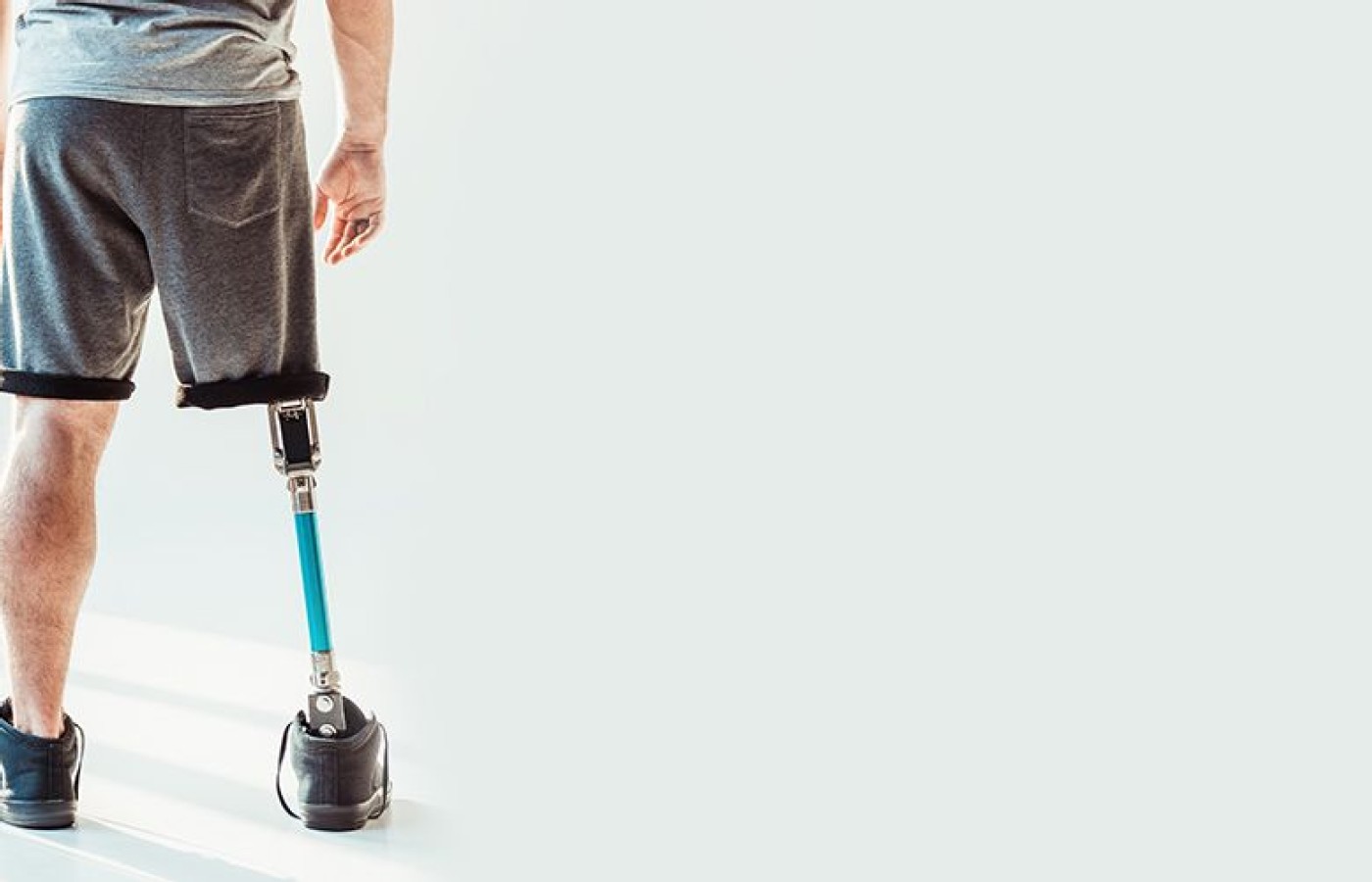People today want convenience, whether it be from their bank, credit card, favorite retail store, or restaurant. They demand it from the companies who hold their loyalty, including their health care providers (you). They don’t want to call and possibly be put on hold, and they want to use an app or schedule an appointment on your website. Here are three reasons your practice can gain by switching to online appointment scheduling.
Calming the Disturbed Meridians: A Way to Treat "Phantom" Pain
Margot J. was advised by her oncologist to talk to a psychiatrist about her post-mastectomy phantom pain. Instead, her friends sent her to me. Interesting situation—she'd recently experienced a double mastectomy and still felt intense pain in the spaces once occupied by her breasts. The pain was so bad she couldn't even drive her car.
"Margot," I reassured her, "It's a very real pain – don't let your oncologist tell you otherwise." I explained the meridian system to her and the specific meridians that rippled through the breast area. Yes, those meridians had been disturbed but not removed by the surgery. "The blueprint of the meridian lines still exist," I told Margot. And I held up a chart to point out the Stomach meridians' descent through the nipple area. When she was comfortably settled in the supine position, I asked Margot to cup her palms above her scars, to show me size of her (former) breasts, and as such, the exact area of pain extending from her scars. Which she did.
"Okay. Hold your cupped palms in that position for a few minutes," I suggested. Then, starting at the clavicle and working off-the body, I tracked down the stomach meridians - bilaterally - literally skiing over her hands. Then, after the ski jump, I re-connected on-the-body at St 21, and continued the descent, one side at a time, pausing at St 25, then down to St 36 and on down to St 41 and the second toe.

I repeated the exercise on the other side. Then I stretched her legs, bent them at the knees, and did a few rotations to release stagnant Qi. Margot couldn't believe it. When she lowered her hands, very slowly, the pain dissolved. I could then complete the session, including working down the UB meridian on her back when she lay in the side position (surrounded by cushions). A week after the session, she sent word to say she continued to be pain free and was able to drive her car once again. A month later she resumed her beloved game of golf!
The Meridian Blueprint
Half of my work with Margot involved honoring her pain, and explaining the ongoing presence of her meridian blueprint. All of which made perfect sense to her. "You mean I'm not crazy," she asked. This was the first time anyone had actually acknowledged the reality of her pain. I repeated this story recently during a workshop for members of the Oncology Massage Alliance, and handed out a simple sketch of the Stomach meridian for those therapists unfamiliar with the meridian system. They welcomed the information and simple guidelines to be able to integrate with their sessions. Most had treated clients experiencing similar and unrelenting so-called "phantom" pain.
Veteran Amputees
How well I remember Sergeant Joe G. wheeling unhappily across the parking lot towards us at the visitors center at Landsthul's U.S. army hospital in Germany. He'd lost a leg in combat, and was recovering at the regional medical center, trying his best to "toughen up" as he told us, and overcome so-called "phantom" pain. I advised my great Shiatsu colleague Marianne Steele (AOBTA registered instructor based in Germany) to determine which of Joe's meridians needed a boost or release, and to work along them in his surviving leg first of all, and then in the space vacated by his other leg.

I also advised her to ask Joe if his legs were lined up in the same way, or if he found relief by extending his stump to ease hip discomfort, so Marianne could determine the exact position of the "blueprint" meridians. She worked on Joe for an hour in his wheelchair, to include his back, shoulders and arms in the protocol. After the session, we saw Joe fighting back tears of relief. He couldn't stop thanking Marianne. We stood and watched Joe spinning the wheels joyfully as he scooted back across the parking lot. What a contrast to the unhappy figure who wheeled towards us so slowly a couple of hours earlier.
Julie, a colleague in Montreal, shared the story of her husband Robert (a heart surgeon), who always poo-pooed Shiatsu – until he lost half his leg in an accident. "Honey, scratch my toes, they're itching like crazy," he'd tell Julie. She she would do just that in the space that once framed his toes, and would then give him Foot Shiatsu. "Ah," he'd say, "yes, just there. Hold that point. Beautiful." Robert never mocked Julie's Shiatsu work again!
Mirrors Anyone?
Some of my physical therapy colleagues find it most effective to give their sessions in front of a mirror, angled so it looks as though the amputated limb is receiving the work. This tricks the brain into giving shape and form to the space, and helps relieve so-called "phantom pain."
Organ Removal?
It's equally good to apply off-the-body, but circular Qi movements over any area of surgery and/or organ removal, to harmonize Qi unsettled in that space by the scalpel. It takes a few minutes. And can be integrated very simply with acupuncture, or any form of Asian or Western bodywork therapy. It's never too late, even years after the surgery, especially to relieve discomfort or a weird sensation that something is missing.
Scar Therapy
Scar therapy, once the stitches have been removed, is also very healing, physically and emotionally. Boston's famed acupuncturist Kiiku Matsumoto developed a wonderful technique of applying needles at oblique angles at each end of the scar. Not only to help heal the scar, but to address distal problems which she recognizes as having been prompted by a disturbance in associated meridians hit by the scar.
Instead of needles I use my index fingers at either end of the scar and apply subtle pressure for five seconds, then release for five seconds. I encourage clients to imagine a roto-rooter spinning away stagnant Qi along the scar from one end to the other and back again. I repeat that a couple of times, before working on the scar itself. I recommend over the counter Vitamin E oil and teach clients how to work on the scars themselves to reduce painful scar tissue. Cross fiber techniques are great, using a subtle pressure, followed by pinching the scar slowly and evenly. Clients welcome this sense of empowerment and often tell me that post surgery, no one ever encouraged them to perform or learn scar therapy.



